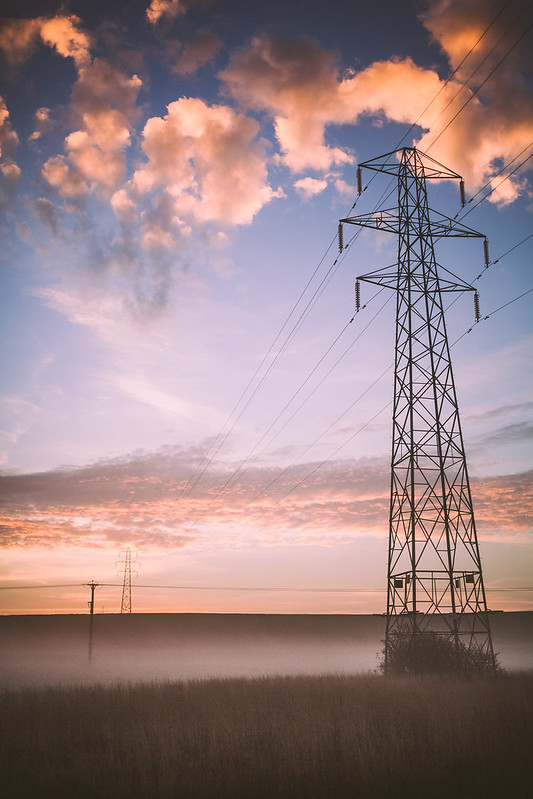Yeah the lens i've got has IS which is nice, I was trying to get my head around the aperture and how it plays with the shutter speed - i.e. having a bigger F number (8 for example) with a shutter speed of 1/20 vs having an F number of 3.5 and a shutter speed of 1/60.
So rule of thumb - lowest F number possible, quickest shutter speed possible - if the picture is under exposed - reduce the shutter speed and try again? I did a photography day course about a year ago now and the one key thing i remember is dont reduce the ISO unless you absolutely have to.
I hope you mean increase... either way using that piece of advice blindly is what caused you to struggle.
With modern bodies you can increase ISO quite far without any adverse impact on the image quality, don't go round taking pictures of people at 1/30 & ISO 100 because you feel like you have to keep the ISO at 100. I would rather have a bit more grain than a blurry/soft picture. In the conditions you were in I would have been working with ISO 200/400 at the minimum, ISO 100 is pretty much for sunny days/bright light. For the picture of the watherfall, I would have used a tripod/solid object and set a 1/25 shutter speed to smooth out water.
As a rule of thumb, at the bare minimum try and keep shutter speed 1:1 with focal length so try not to drop below 1/50 if shooting at 50mm, unless you are going after some sort of effect that needs motion blur.
You don't need to bore yourself watching YT vidoes to understand the relationship between aperture, shutter speed and sensitivity.
Set your camera to aperture priority, increase the aperture from it's lowest figure to it's highest, watch the increase the time the shutter is open to compensate for a lack of light hitting the sensor.
Set your camera to shutter priority. increase the shutter speed from 1/10 to 1/500 and watch how the camera drop the aperture to the lenses' lowest figure to let more light in.
Set the ISO to keep shutter speeds at a reasonable level to reduce blurring, if you really struggle, set the camera to auto ISO for a while and see how it compensates (although it might go a bit OTT at times to keep shutter speeds high).
Last edited:


 As I'm using a 400D I start to get grain at 200. I'll be upgrading in 16 months however maybe sooner, that should be enough time for me to feel I'm ready
As I'm using a 400D I start to get grain at 200. I'll be upgrading in 16 months however maybe sooner, that should be enough time for me to feel I'm ready 










